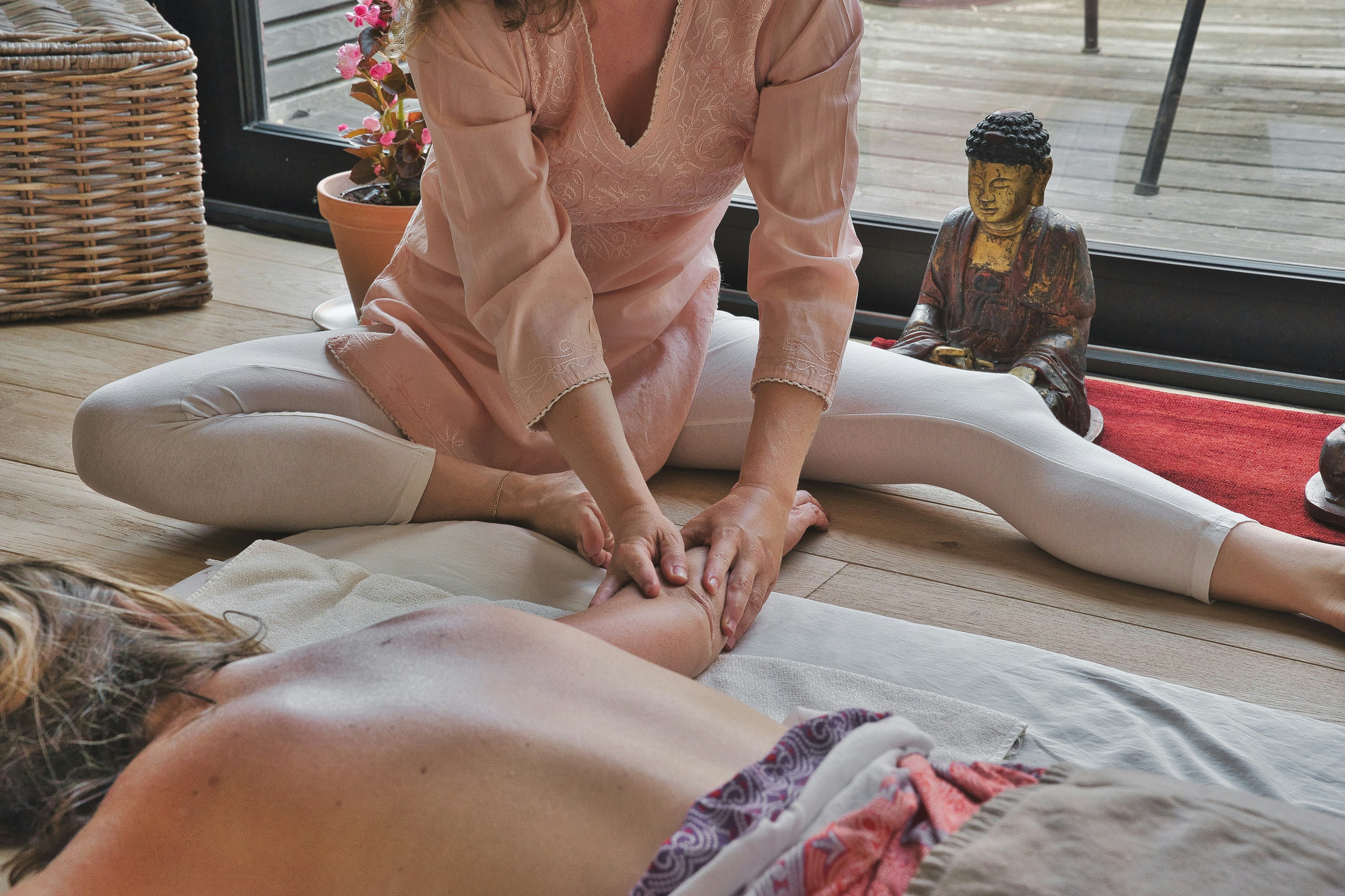Have you ever found yourself feeling exhausted, no matter how much rest you get? Perhaps you’ve heard whispers about the potential benefits of cold plunges but aren’t quite sure how they fit into the mix. Let’s take a closer look at how cold plunges could play a role in combating chronic fatigue.
Understanding Chronic Fatigue
Before diving into the specifics of cold plunges, it’s important to understand what chronic fatigue is. Chronic fatigue is not merely a tired feeling; it’s a constant state of weariness that diminishes energy levels and impacts daily life. It can often come hand-in-hand with headaches, muscle or joint pain, mood disorders, and cognitive dysfunction. For many, it feels like a never-ending cycle.
Causes of Chronic Fatigue
Factors contributing to chronic fatigue can be complex. They often include a combination of lifestyle choices, psychological stress, and potential underlying medical conditions. Sleep disorders like sleep apnea, the effects of illnesses such as anemia or hypothyroidism, and mental health challenges such as depression and anxiety can all play significant roles. Notably, chronic fatigue syndrome (CFS) is a diagnosis involving severe, continuous tiredness that doesn’t improve with rest and isn’t directly caused by other medical conditions.
Table: Common Causes and Contributing Factors of Chronic Fatigue
| Category | Examples |
|---|---|
| Lifestyle | Sedentary behavior, poor diet, inadequate hydration |
| Medical | Sleep apnea, anemia, hypothyroidism |
| Psychological | Depression, anxiety, stress |
| Chronic Illness | Fibromyalgia, chronic fatigue syndrome (CFS) |
The Concept of Cold Plunges
Cold plunges, or immersions in cold water, have caught attention due to their potential physical and mental health benefits. From ancient cultures to high-performance athletes, people have long believed in the power of cold water for health and recovery. Typically, these plunges consist of immersing the body in water below 15 degrees Celsius (59 degrees Fahrenheit), and are usually done intermittently for a few minutes.
How Cold Plunges Work
The principle behind cold plunges is simple: the radical difference in temperature between the cold plunge and your body temperature causes your blood vessels to constrict. This leads to improved circulation and can trigger a range of physiological responses that are widely believed to yield health benefits.
Benefits Explored
The potential benefits of cold plunges are manifold—their impact on chronic fatigue makes them particularly intriguing. While research is still being conducted, some preliminary findings suggest cold therapy might help in various ways.
-
Enhancement of Circulation: Cold plunges may boost blood circulation, which facilitates nutrient delivery and waste removal. Improved circulation might help alleviate symptoms associated with fatigue.
-
Reduction of Inflammation: Cold exposure is known to reduce inflammation, which can play a significant role in chronic fatigue conditions.
-
Increase in Energy Levels: The shock of cold immersion is invigorating for many, providing an energy boost by stimulating the nervous system and potentially improving mood.
-
Improved Sleep Quality: Cold plunges can make your body work overtime to warm up, helping to calm your nervous system and potentially leading to better sleep—an essential factor in addressing fatigue.
-
Mental Recharge and Stress Reduction: Cold exposure might aid in recalibrating stress hormones like cortisol, which can have a profound effect on fatigue and mood disorders.
The Experience of Cold Plunging
Cold plunging is an experience that goes beyond the physical; it taps into mental resilience and discipline. Here, we’ll walk through what a typical cold plunge experience might feel like and how it can be included in a routine aimed at combatting fatigue.
Starting the Cold Plunge
Stepping into cold water can be a shock, but starting gradually can ease the process. For beginners, starting with shorter durations—perhaps 30 seconds to a minute—is advisable. Gradually extend the time as tolerance increases. It’s less about enduring discomfort and more about acclimatizing your body and mind.
What to Expect
During a cold plunge, you may experience deep breaths at first, a natural reaction to the sudden drop in temperature. Focusing on breathing can help regulate physiological responses. As your body begins to adjust, you might notice a tingling sensation due to increased blood flow. It’s important to listen to your body and exit the plunge if extreme discomfort occurs.
Post-Plunge Rituals
Warming up post-plunge is crucial. Gradually bringing your body back to a comfortable state can help amplify the benefits experienced from the dive. Practices such as drinking a warm beverage, doing light exercises, or dressing warmly are recommended.
Incorporating Cold Plunges into Your Routine
While the benefits of cold plunges are appealing, incorporating them into your routine requires a clear strategy. It’s vital to approach them with care, especially if you have preexisting health conditions.
Establishing a Routine
Consider starting with one or two sessions per week, allowing yourself to become comfortable with the practice. Over time, as you become more accustomed, you might choose to increase the frequency. Monitoring how your body and mind react will guide any adjustments needed.
Safety Considerations
Cold plunges are not suitable for everyone. If you have cardiovascular issues or are pregnant, it’s crucial to consult a healthcare provider before commencing. Additionally, avoid plunging into deep or unknown waters, and always prioritize safety, potentially having someone close by for assistance if needed.
Pairing Plunges with Other Therapies
Combining cold plunges with other therapeutic practices can maximize benefits. This could include mindfulness meditation, light physical activities, or cognitive challenges that encourage mental clarity.
Scientific Perspective: Studies on Cold Plunges
Research delving into the effects of cold plunges on fatigue is ongoing, yet promising. Early studies suggest that cold therapy can improve various aspects of physical and mental wellness, including reduced fatigue-related symptoms.
Key Findings
-
Improvement in Circulatory Health: Studies indicate that regular cold water immersion might bolster the elasticity and reactivity of blood vessels, improving overall circulatory health.
-
Inflammatory Response: Research highlights reduced markers of inflammation following cold immersions, suggesting a potential mechanism for alleviating fatigue symptoms.
-
Mental Health Benefits: There’s evidence pointing to cold water’s ability to enhance mental resilience, reduce symptoms of anxiety, and elevate mood.
Limitations and Further Research
While findings are optimistic, further studies are necessary to establish solid connections between cold plunges and the alleviation of chronic fatigue. The existing literature mostly consists of small sample sizes and short-term studies, necessitating more comprehensive research for definitive conclusions.
Personal Accounts and Anecdotes
Stories from individuals who have incorporated cold plunges into their routines provide additional insights into their effectiveness.
Case Study: Jane’s Journey
Jane, a 35-year-old teacher, struggled with chronic fatigue for years. Traditional treatments offered little relief. Upon discovering cold plunges, Jane integrated them into her routine, starting with brief sessions twice a week. Within a few months, she reported enhanced energy levels, improved mood, and better sleep, contributing to significant reductions in her fatigue symptoms.
Lessons Learned from Plungers
Many who try cold plunges note an increased sense of accomplishment and a mental fortitude that extends beyond physical benefits. The experience is described as empowering, with many reporting a newfound resilience in other aspects of life.

Looking Ahead: The Future of Cold Plunges
With growing interest, the future of cold plunges in the realm of health management, particularly for chronic fatigue, looks promising. Innovations in technology and methodological approaches can expand their appeal and efficacy.
Emerging Trends
Innovations such as portable cold plunge tubs and guided plunge classes are making it easier than ever to access and practice cold immersion therapy. The availability of resources online, including guided breathing techniques and community forums, supports novices and veterans alike.
Potential Developments
Further technological advancements may provide more detailed monitoring of physiological responses during cold plunges, offering personalized data to optimize sessions for individual needs. As research evolves, new insights into the molecular and cellular impacts of cold immersion are expected, paving the way for more tailored approaches to combating chronic fatigue.
In conclusion, while cold plunges are not a cure-all, they present a compelling option for those battling chronic fatigue. They embody a blend of physical endurance and psychological tenacity that challenges the boundaries of conventional self-care rituals. As you consider integrating cold plunges into your life, remember it’s about the journey of discovery, reaping benefits at your own pace, and embracing resilience one chilly dip at a time.




